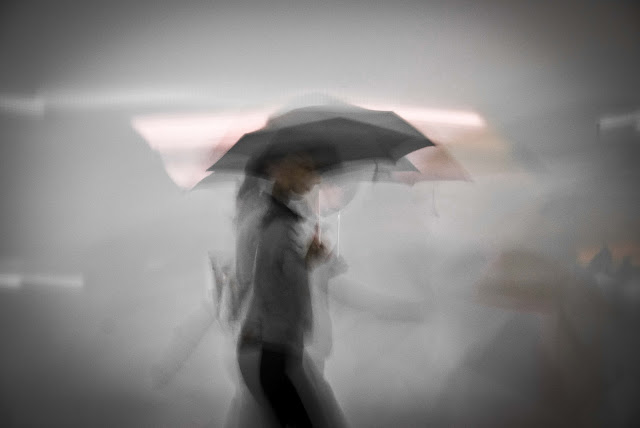Dayton, OH
What inspires you the most right now?
A lot
of what I see on a day to day basis inspires me, my perception has created this
visually interesting and beautiful world around me. Things I'm feeling inspire
me, even if they're sad. I'll take it all. I get inspired often by my
observations of everything and everyone around me. That's awfully vague but
it's hard to be specific when there's so much. There are photographers whose
work I see on a daily basis that inspire me. The notion of instagram, the fact
that it can be this little visual pocket diary, to me, it is inspiring.
Do you ever get shy when it comes to photograph
strangers?
Certainly!
I can be shy in general, but I've progressed over time and it's become a lot
easier to ask strangers to photograph them. My current job has also instilled a
stronger sense of self-confidence and general improvement when talking to
complete strangers and minding my word choices. I always remember that if I
don't ask them it's a chance I missed because I couldn't muster up the guts.
What's enjoyable and what's annoying about shooting
self-portraits?
What's
enjoyable is that it's all you. It's a self-documentation, a way of getting to
know yourself through your own work. A young photographer named Lexi Mire, whom
I admire, began a series of self
portraits titled “self portrait therapy” and it really got me thinking about
the therapy within them, and how it really can be quite calming and healing.
Another advantage of being both the photographer and model is that you know
yourself best, and can get across what you want to without having to try to
find the words to explain it to another individual. The annoying thing, I
think, is that you're pretty critical of yourself.
You have a series called "An Awakening", in
which you depict the a form of "enlightenment" of the self. Do you
think of it as a moment or a process?
The
series originated on a moment, but in retrospect it can apply to the whole
process. It originated the moment I took this
photo. I had just finished preparing the girl in the photo,
and setting everything on the camera. I asked her to open her eyes and as she
slowly did, powder fell from her eyelashes and her striking blue eyes came into
view below the soft, white flurry. To me, it was a visual interpretation of “an
awakening”. At that time I had been learning large format for the first time, and
it was intimidating. Every negative I shot made me shake and sweat rolled down
my back. I took so much time for every turn and twist of the camera, I could
hear myself breathe. This process took so much out of me than any other process
had before. I was learning something new and soaking myself in it all, so the
process alone was like an awakening of sorts for myself.
What are you working on currently?
Currently
I've just been shooting editorial work for the magazine I'm a staff contributor
for, Fixation Magazine. I have gotten to
work with some great models this year and I only hope that continues. I'm
always working on side projects and brainstorming for future ones. I am currently
trying to finish putting together a photo book and looking for publishers. I
really hope to collaborate more as the year continues and that the
collaborations only grow into the next year. The idea of creative brains
merging together makes me so excited.
How did you feel when people started getting
interested in photos showing your hands (like in "#Ahanda) more and more?
At
first, I thought it was funny that my hands were getting such attention,
because they never had before. Every once in a while a stranger would kindly
compliment my “long, skinny fingers”, but it wasn't very often. They all sort
of made me see the beauty in my own hands, the beauty I had seen in my mother's
hands from a young age. I really enjoy doing the series and I'm smitten that
others do too.
What's your position on nudity in art?
If you
want to do it, do it. If you don't, then don't.
As a photographer, do you ever get the feeling of
being a "chronicler" of the times we live in?
All
the time! I feel as if I'm documenting my life, and the lives around me (from
my perspective). It's going to be really surreal looking back when I'm older
and having this large visual time line and to be able to see how I evolved as
well as the world around me. I am forever a chronicler.
Something that makes living in Dayton, OH special?
The
fact that it's a tiny city in rural Midwest. The Midwest has it's own certain
beauty as well as the folks who inhibit it. Dayton was once a bustling place
but I'd be lying if I said it still was. It's certainly got a lot of folks
working hard in their own ways to revive it and for that I am thankful. There's
a small but heart-warming community of artists and good people. Living in a
place like this makes you more resourceful; you don't have things to do and
places to see at your fingertips. You go out and find adventure and find the
tucked away gems. Their rarity only makes them all the more special. For a long
while I really disliked living here, then something happened and I started to
see the beauty and comfort of the Midwest.
What couldn't you live without?
My
family. I'd be one eternally unhappy human without them in my life. Light comes
next.
Striking portraits. Take a look at her work!
















































